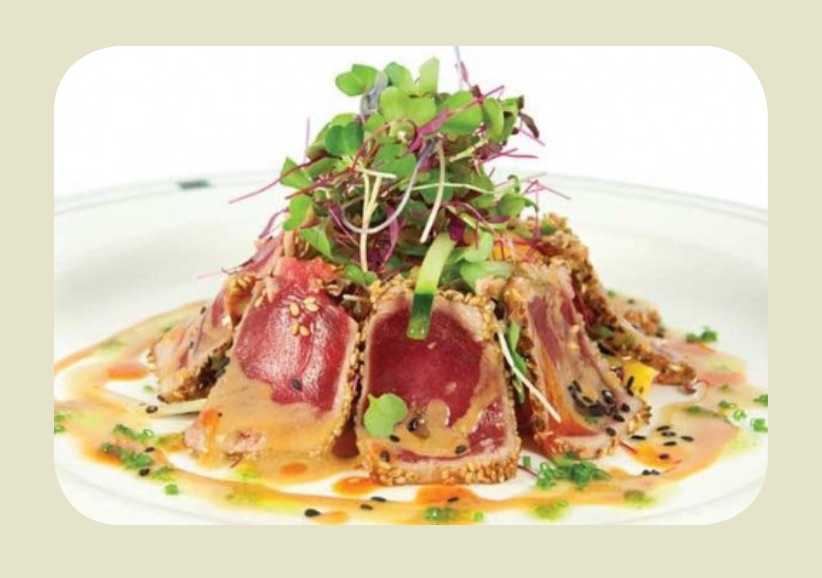FUSION CUISINE
The waffle taco. Pad Thai pizza. These are just a few of the items that have emerged from the fusion cuisine trend. From more ethnic flavours to two different foods, fusion has helped shape the way we look at and enjoy food today.
1. The Birth of Fusion
Although the term “fusion cuisine” is new, the concept has been around for many centuries. As cultures began to overlap, it was only natural that new dishes were created, when people shared and combined cooking styles to create new concepts. A classic example of early fusion is Italian spaghetti, which would have never existed without Italy’s exposure to the Chinese noodle.
2. Fusion or Con-fusion?/p>
Fusion cuisine quickly became a trend as chefs around the world started combining unexpected flavours and concepts, sometimes with less than favourable results. In the 1990s, the term “con-fusion” was dubbed, resulting from chefs combining ingredients that didn’t taste well together. As Rebecca Seal states in her article “Fusing different cuisines together can be really successful and exciting, but so much more noticeable if you get it wrong.”
3. A New Fusion Trend
Despite this setback, fusion today is as popular as ever and engendering new and exciting ways of creating and thinking about food. Fusion cuisine now has a younger audience. Thanks to television and the Internet, they are more knowledgeable and curious about different foods and cultures. They are also willing to try the next fusion creation.
4. Fusion Evolution
Recently, a new type of fusion cuisine has gained popularity—mash-ups. Mash-up dishes are simply two distinct food concepts combined to form one. Perhaps the most well-known mash-up is the Cronut® (a cross between a donut and a croissant). Other examples include the ramen burger, the donut burger, the bacon shake, the pizza cake, and the list goes on.

